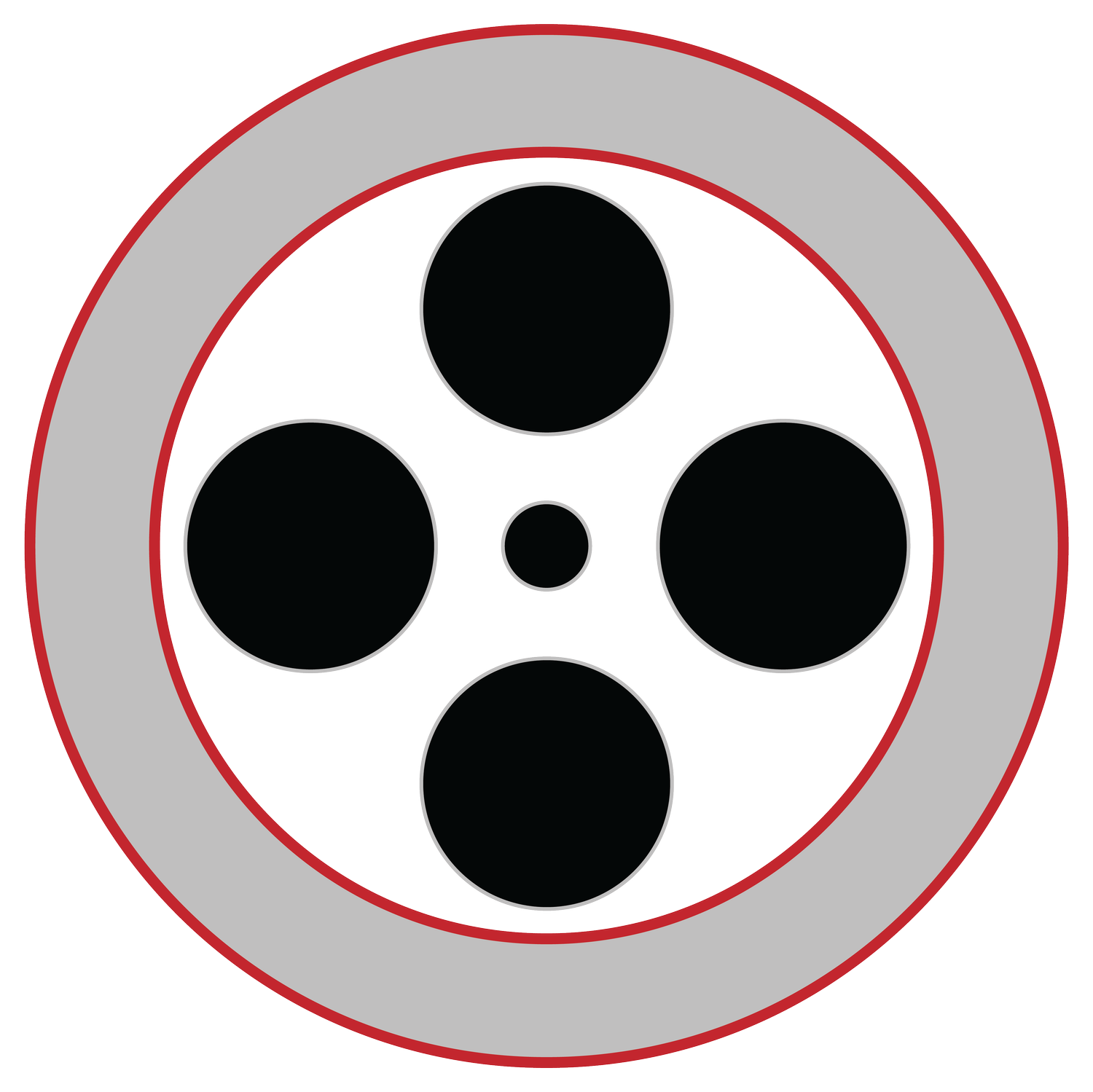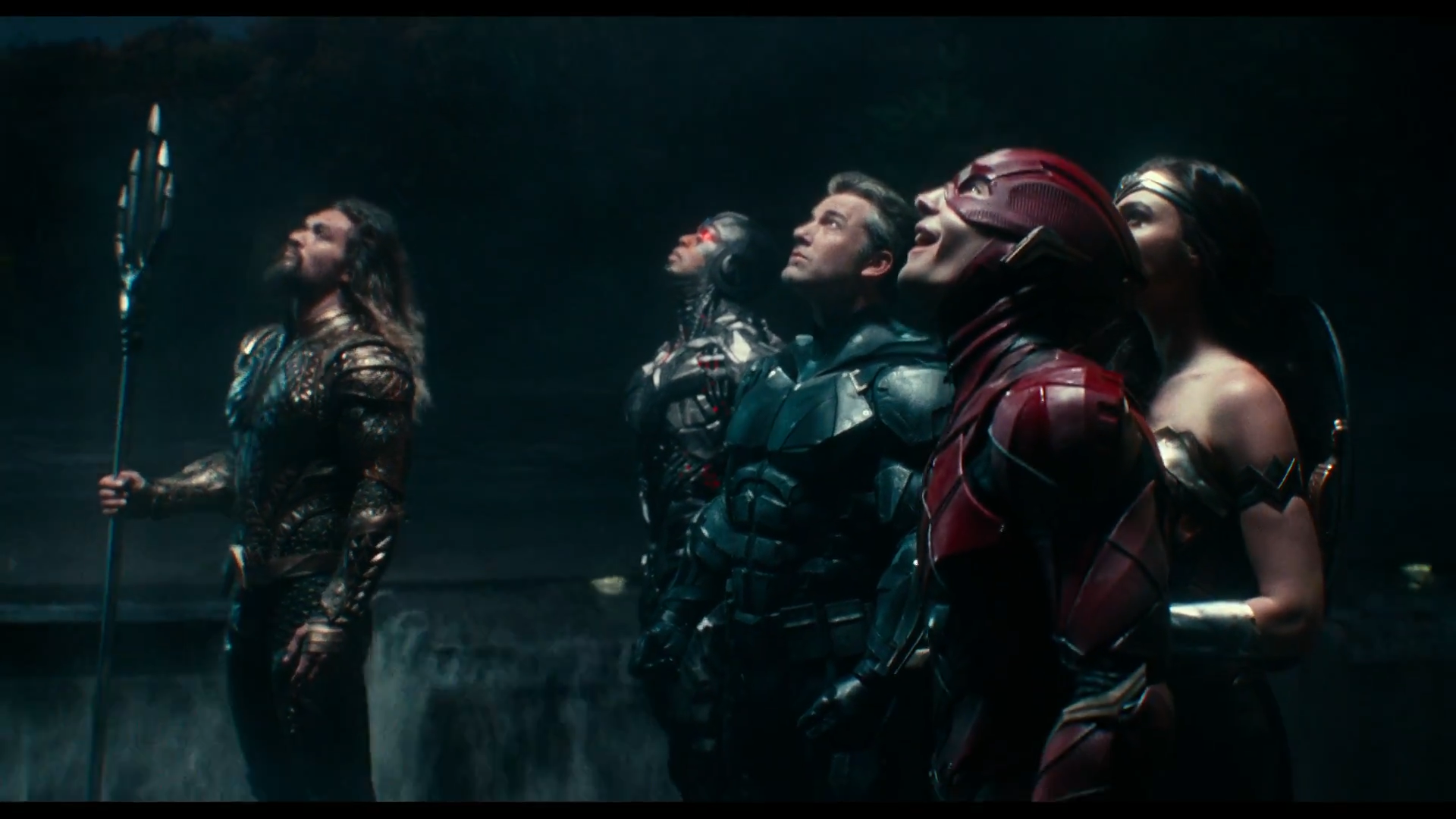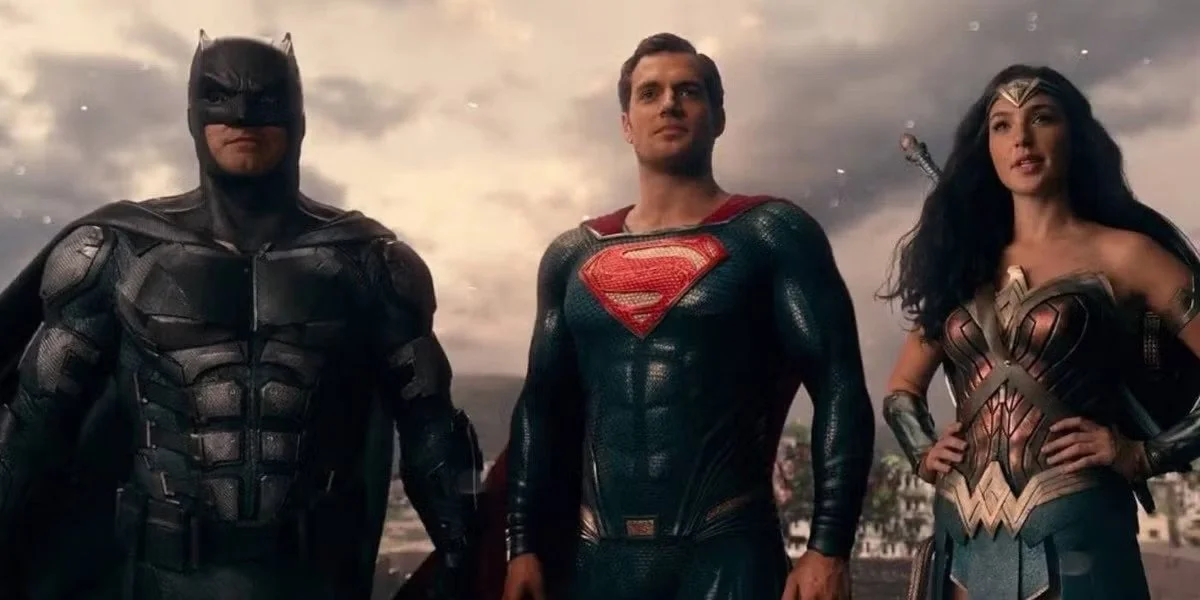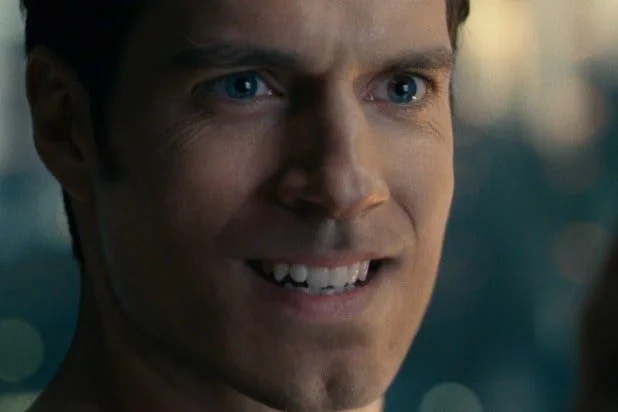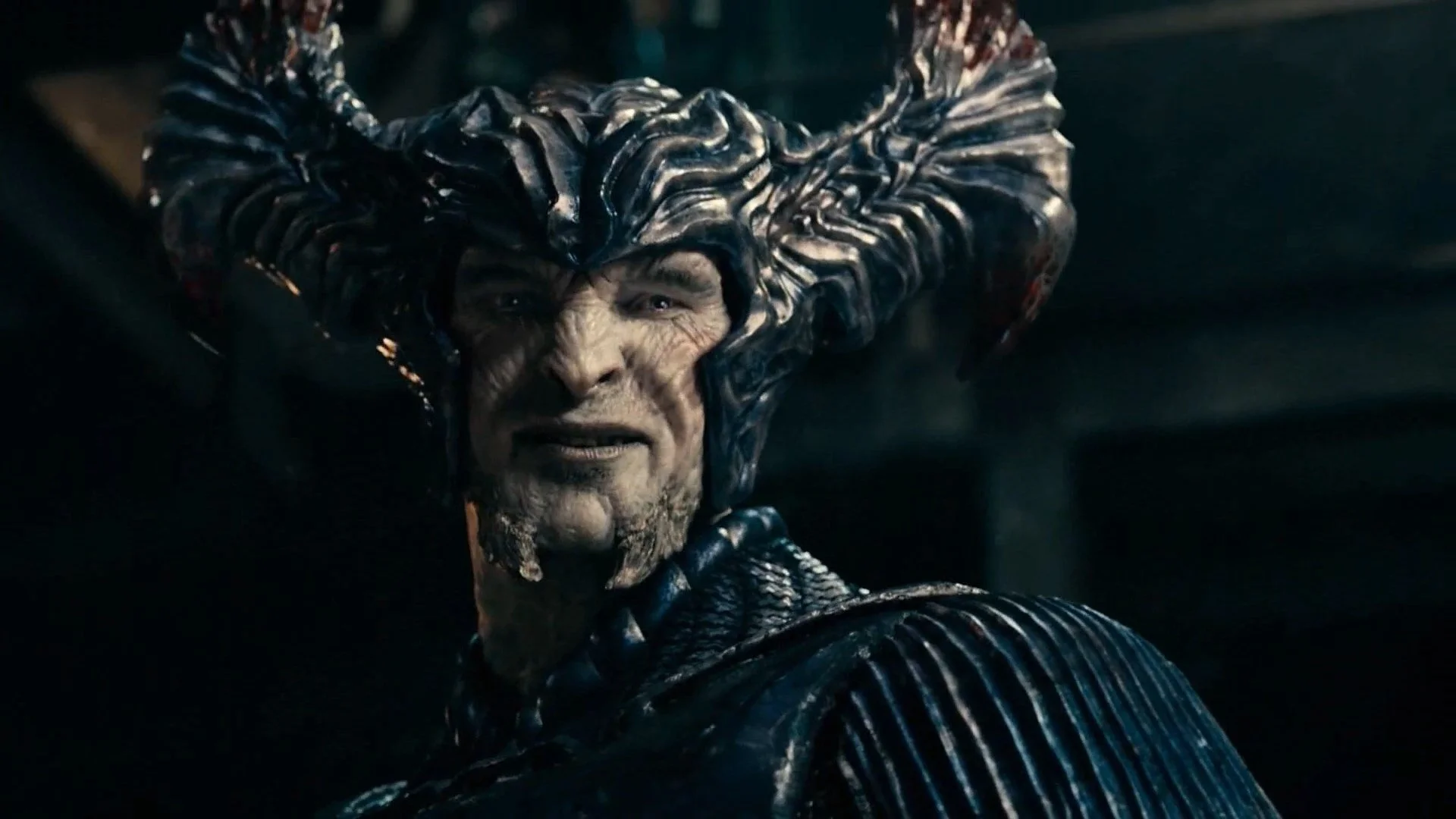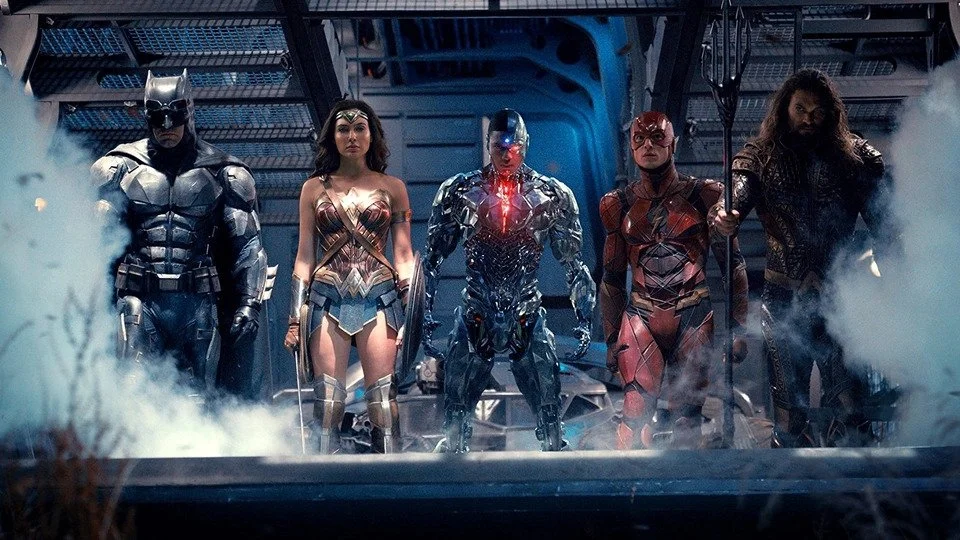Justice League: A DCEU Retrospective (Part 5)
Rating – 4/10
**SPOILERS**
When it comes to talking about the DC Extended Universe, you have to ask where it all went wrong.
You could say it was the hiring of Zack Snyder, or the lukewarm reception of Batman v Superman. Some might cite the first time Warner Bros sabotaged a film’s director and original tone to copy Marvel with Suicide Squad. Some would point out the endless stream of bad luck and creative differences that would plague the franchise’s later years. If you ask me however, this is the moment when the DCEU became clearly doomed to fail.
2017 was supposed to be a big year for the DCEU. After their first true critical success with Wonder Woman, the franchise was building to its first big moment. Justice League was their answer to The Avengers, their first major team up movie, the first time several iconic superheroes would share the screen together. It is not hyperbole to say there was a lot riding on this one. After a shaky first few releases, this was the one Warner Bros had to get right.
So anyway Justice League is a mess. A mess with awkward pacing, generic plotting, ugly visuals, and a frequently disinterested cast. How did we get here?
Frankly, this installment of the DCEU Retrospective is going to feel like a history lesson disguised as a review at times, because honestly the making of Justice League is far more interesting than the film itself. Regardless, the film was released in November 2017, bringing together Ben Affleck’s Batman, Henry Cavill’s Superman, and Gal Gadot’s Wonder Woman with new, previously hinted at heroes to create the DCEU’s first major superhero ensemble film. It includes Jason Momoa, Ezra Miller, and Ray Fisher as new heroes Aquaman, Flash, and Cyborg respectively, and features several other familiar faces from previous films. It was mostly directed by a returning Zack Snyder.
I say mostly as Snyder was initially drafted to direct Justice League as a follow up to his work on Batman v Superman. He had completed a script and had wrapped principal photography in December 2016, resulting in a 3 and a half hour cut of the film (we’ll deal with that later), adhering to Snyder’s previously established style and darker themes (although his script had been made a little lighter after BvS was criticized for its dour nature). During this time, Warner Bros would push for a shorter runtime and reshoots to add humor, which Snyder would hold his ground against. However, personal tragedy would cause Snyder and his wife, producer Deborah Snyder, to step away from the project in May 2017 (although some reports suggest Snyder was fired in February of that year). After this, Warner Bros would recruit Joss Whedon to take over directorial duties.
Whedon had been in charge of studio ordered reshoots, in order to create an even lighter tone for the movie. When Snyder stepped down, Whedon added 80 new scenes, and the studio finally got their way for a shorter runtime, with Justice League mandated to clock in at a maximum of 2 hours. Obviously, Snyder’s work was significantly altered, and won’t be discussed much further in this review.
Whedon’s cut of the film is pretty much universally considered to be the lesser version. Any themes and tones Zack Snyder built up in his previous films have been stripped away, which in spite of Snyder’s flaws as a storyteller in this universe, results in a nothing burger of a movie. Justice League is ultimately bland and generic, rarely amounting to much more than “heroes team up to feel hope and stop the evil guy”. While Snyder’s grounded approach to superheroes has led to controversy and total misunderstanding of characters, it at least provided something interesting to talk about that would stick in the cultural consciousness. Justice League on its own left no real mark, and is easily the least memorable film of the DCEU thus far.
This might be the biggest mark against the film, as this was meant to be DC and Warner Bros’ equivalent to The Avengers, one of the biggest cultural juggernauts of the century, and considering the iconic status of these heroes, it had the means to do it. However, the MCU was built on patience, the major characters introduced one at a time before bringing them together. This not only put less pressure on The Avengers to establish these characters, but also to allow audiences to meet and grow invested in them, and feel genuinely excited about the prospect of them meeting. In Justice League, we have 2 characters who have had a solo film for audiences to get familiar with, one of whom is dead for most of the runtime, one who audiences only met once, and 3 the audience know nothing about. The hype for a team up movie doesn’t come from the novelty of seeing characters from comics on screen together, but rather seeing versions of characters you’ve gotten to know interact. Justice League is another example of the DCEU’s fatal flaw, that being the constant need to catch up to Marvel and copy their success, but also reveals another major problem: Warner Bros completely misunderstood why the MCU worked as well as it did, and focused on matching their profits as quickly as possible.
It can be argued that the hiring of Joss Whedon was merely another attempt to replicate The Avengers, as Whedon was the filmmaker responsible for that movie back in 2012. Whedon feels as though he’s running on autopilot however, leaving no distinct stamp on the project outside of “discount Marvel movie”. He was brought in for more humorous dialogue and brighter colors, and this just doesn’t mesh with anything that’s been preestablished about the universe. The DCEU was built on being more grounded, and Wonder Woman showed that it could maintain that feel in spite of a lighter tone. Whedon takes it too far however, with several characters making too many jokes to feel consistent (Affleck’s Batman in particular feels like a totally different character at times), and his bright saturated colors meshing poorly with footage that was clearly shot in Snyder’s more contrast heavy style, resulting in a look that loses any sense of being realistic and becomes almost cartoon like.
This isn’t helped by the rushed nature of Whedon’s part of production. When Whedon became the film’s director, he had roughly half a year to film 2 months worth of reshoots, re edit Snyder’s cut to meet the 2 hour runtime mandate, finish the visual effects on Snyder’s footage and his reshoots, and re edit and color grade the entire project for a more colorful and brighter vision. Warner Bros execs absolutely could’ve delayed the film, but chose not to in part to keep their annual bonuses. Basically, if there’s a true villain in the behind the scenes story of Justice League, it’s the studio. Because of their actions, Whedon had to cram a 3.5 hour movie into 2 hours, cutting it down to its bare bones story, and had limited time to perfect the movie. This can be to blame for most of the common criticisms for Justice League, such as its lack of nuance, underdeveloped characters, poorly ADR’d one liners in the final act that feel hastily written, and rough CGI. Including, of course, the lip.
If there’s any part of this movie that’s memorable, it’s Superman’s upper lip (the Justice League equivalent to “Save Martha”, if you will). When Whedon started filming his reshoots, he decided to include most of Superman’s scenes. However, Henry Cavill was filming Mission: Impossible 6 at the time, with a glorious bushy mustache that he was contractually required not to shave, which is an insane sentence to type. So instead of delaying the film a bit (bonuses), Warner Bros opted to have Cavill’s upper lip replaced with CGI. It went exactly as you might expect. Superman’s fake lip was a huge deal at the time, and in hindsight, it’s frankly hilarious. In a way, it’s a perfect representation of this cut of Justice League: an ugly and avoidable mess that happens when studios choose profit over quality.
While we’re on CGI, there’s a big CGI villain. His effects are rough and his backstory was cut for time, so he really just boils down to being a bad guy. That’s all that’s really worth mentioning about him. Ciaran Hinds is wasted and he’s forgettable, there you go.
With all this being said, Justice League is remarkable in the sense that it somehow isn’t a total train wreck. While most of Snyder’s original film was severely cut down, the final product is still cohesive at the end of the day, so Whedon’s editing team honestly deserves credit for delivering something that makes sense in spite of the limitations. The CGI is rough, but is at least far better than that in Suicide Squad. And shockingly, this is the first time Henry Cavill actually feels like Superman. While his screen time is limited (spends most of the movie dead, remember), Cavill finally strips himself of the miserable god version of Superman, and starts to embody someone that is believable as a symbol of hope. I don’t know if this was Snyder’s plan or Whedon’s reshoots, but either way, Cavill’s Superman finally feels right, and it makes me wish we had gotten this sooner (and a director who understood Superman in the first place).
In the end, Justice League isn’t great, but in spite of everything, it’s still more watchable than some of the DCEU’s other efforts.
The trouble is that when it comes to what is supposed to be the centerpiece of the DCEU, watchable isn’t enough. Warner Bros ultimately shot themselves in the foot. While they couldn’t control Snyder stepping away, effectively hijacking his film to satisfy the whims of test audiences and not giving it the time to make it work is what drags this whole film down. Justice League was fully rejected by audiences and was a critical failure, having disastrous consequences for the franchise. From this point on, the DCEU lost all sense of direction. Warner Bros seemed to give up on creating an overarching story with the characters, releasing whatever films got finished. Many of their films in development seemed to stall in development hell, including Justice League and Man of Steel sequels. Ben Affleck, incredibly dissatisfied with his experience on the film (his lack of engagement shows), would start to step away from the film, his solo Batman movie also floundering and never seeing the light of day. One major character pretty much done. In fact, several actors would speak out with their frustrations regarding Whedon’s reshoots, with Gal Gadot accusing the director of sexism (which feels legit, considering how many shots try to look up her skirt) and Cyborg actor Ray Fisher accusing the studio of racism, which did not help reputations of the film or studio. In hindsight, it does seem obvious that the DCEU was a bit beyond repair at this point, and that the studio seemed to be in a state of confusion and panic, like they were pressing every button on a plane as it started to fall from the sky. The end of the DCEU was not so sudden however. In fact it would be depressingly drawn out. Justice League was not the final nail in the coffin. It was however a crippling blow, and what was supposed to be a centerpiece to the first wave of films and the start of the next was rejected and swiftly forgotten. In the end, Justice League is just an unceremonious and disappointing cinematic dud which should have been more.

